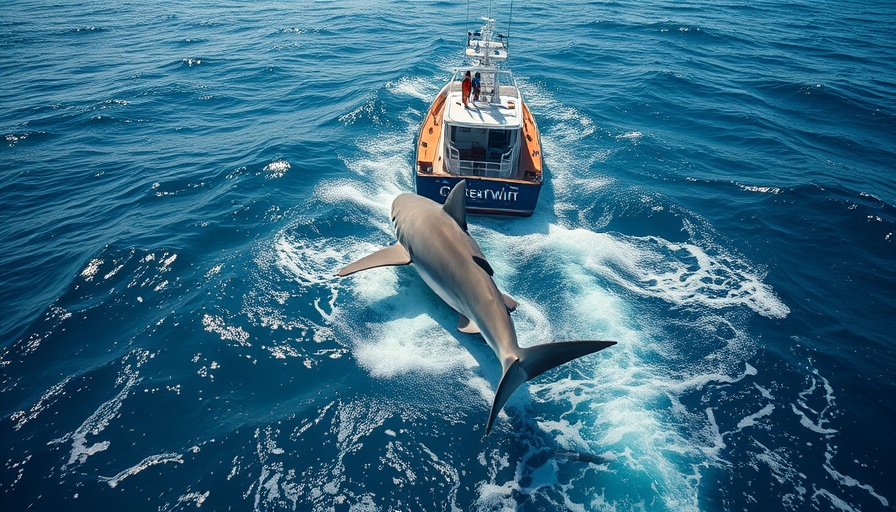
Unlocking the Kardashev Scale: A Path to Our Future
In exploring the Kardashev Scale, we are presented with a thought-provoking framework that measures a civilization's technological maturity based on its energy consumption. As humanity stands at about 0.7 on the scale, envisioning a Type 1 civilization, we ponder what it truly means to harness our planet's energy potential.
In 'The Kardashev Scale: Type 1 to Type 7 Civilizations', the discussion delves into the different stages of civilization evolution based on energy consumption, prompting us to analyze its implications for our future.
What is a Type 1 Civilization?
A Type 1 civilization represents a society that has mastered all available energy resources on Earth, which includes harnessing solar, wind, geothermal, and even atmospheric energy. One might imagine cities powered by clean energy where we have fusion reactors mitigating pollution and innovative climate engineering practices in play. This civilization would arguably be where humans and machines work harmoniously, leading to a new age of global interconnection and energy equality.
Challenges on the Path to Energy Mastery
The transition to a Type 1 civilization is not merely about technological advancements but rather a collaborative effort requiring political unity and social responsibility. Humanity must grapple with inequality and environmental crises, making cooperation essential for energy distribution that transcends borders.
The Promise of Type 2 and Beyond
As we gaze toward a Type 2 civilization, where the energy output of the sun would be under our control, we're exemplifying our potential for transformation. Innovative megastructures like Dyson Swarms could capture solar energy while redefining our planetary presence. Each leap on the scale—from mastering energy sources in our solar systems to influencing power on a galactic scale—teaches us that our limitations are self-imposed.
Exploring the Cosmic Horizons of Advanced Civilizations
The Kardashev Scale extends further into abstract dimensions, reaching Type 5 and 6 civilizations, which govern multiverses and exist as manifestations of higher consciousness. Such entities might experiment with reality at such a sophisticated level that our understanding of existence is completely upended. A Type 7 civilization blurs the line between creator and creation, living in a realm where reality itself is a canvas of infinite potential.
Contemplating Our Role in This Evolution
For the men and women of Africa and the diaspora, this expansive understanding of civilization evolution poses essential questions—how can we participate and influence our trajectory on this scale? The pursuit of technological mastery aligns closely with our collective aspirations in the fields of AI and futuristic technologies.
The Futuristic AI Impact on Civilization
As we navigate our current technological landscape, incorporating AI into various sectors offers a glimpse into our potential journey toward a Type 1 civilization. Innovating in AI not only automates tasks but has the capacity to resolve complex challenges, facilitating better energy management and cooperation on an unprecedented scale.
Collective Action for Future Generations
The journey to achieve mastery of our energy resources is fraught with challenges but is essential for forging a sustainable future. To bridge the gap between where we are and where we need to be, fostering communal spirit and educational initiatives around AI technology will be paramount for future generations.
Conclusion: Join the Conversation
As we explore possibilities laid out by the Kardashev Scale, it's clear that we stand at the enfolding edge of a new era driven by technology and unity. Embracing our role in this evolution through educational resources and engagement set the foundation for our future.
Discover and subscribe to Future Business Tech now for insights on our technological journey.
 Add Row
Add Row  Add
Add 




Write A Comment